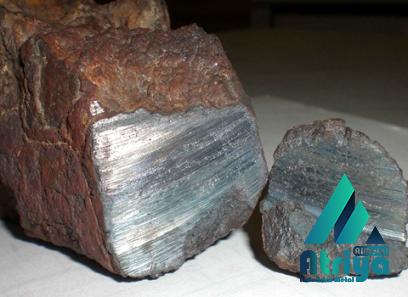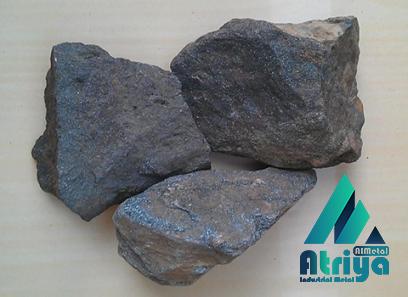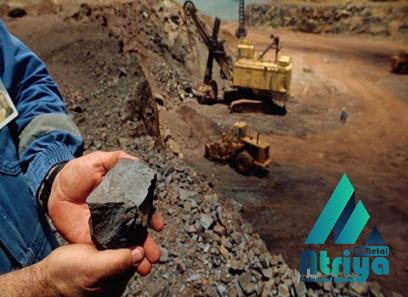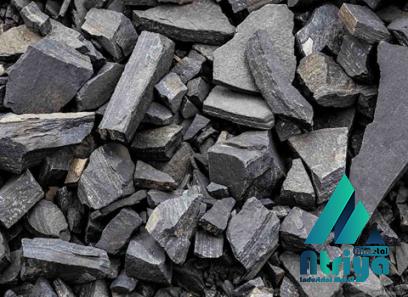The Direct Reduced Iron (DRI) market is witnessing significant growth and is expected to continue expanding in the coming years. DRI, also known as sponge iron, is a high-quality metallic product obtained from iron ore. It is produced using natural gas or coal as a reducing agent, which removes oxygen and other impurities from the iron ore, resulting in a purer form of iron. One of the key factors driving the growth of the DRI market is the increasing demand for steel production. DRI is primarily used as a feedstock in electric arc furnaces (EAFs) to produce steel. With the rising global population and urbanization, the demand for steel, particularly in the construction and automotive industries, has been steadily increasing. DRI offers several advantages over traditional iron ore in steel production, including lower energy consumption, reduced greenhouse gas emissions, and improved steel quality.

.
 These advantages have led to the growing adoption of DRI in steelmaking, propelling the market’s growth. Furthermore, the DRI market has gained traction due to its environmental benefits. DRI production emits significantly lower levels of carbon dioxide compared to the conventional blast furnace route. This has positioned DRI as a more sustainable and environmentally friendly option for steel production, aligning with the global efforts to reduce carbon emissions and combat climate change. The increasing focus on environmental sustainability has prompted many steel manufacturers to replace some of their blast furnace-based production with DRI technologies. In addition, several government initiatives and policies aimed at promoting domestic steel production have further stimulated the DRI market growth.
These advantages have led to the growing adoption of DRI in steelmaking, propelling the market’s growth. Furthermore, the DRI market has gained traction due to its environmental benefits. DRI production emits significantly lower levels of carbon dioxide compared to the conventional blast furnace route. This has positioned DRI as a more sustainable and environmentally friendly option for steel production, aligning with the global efforts to reduce carbon emissions and combat climate change. The increasing focus on environmental sustainability has prompted many steel manufacturers to replace some of their blast furnace-based production with DRI technologies. In addition, several government initiatives and policies aimed at promoting domestic steel production have further stimulated the DRI market growth.
..
 Governments in various countries have implemented measures such as import tariffs and restrictions to protect their local steel industries. These policies have encouraged steel manufacturers to invest in DRI plants, enabling them to reduce their dependence on imported iron ore and produce high-quality steel domestically. However, there are certain challenges that the DRI market faces. One of the primary obstacles is the availability and cost of natural gas, which is the preferred reducing agent for DRI production. Natural gas prices can be volatile and are subject to geopolitical factors and supply-demand dynamics. Fluctuations in natural gas prices can impact the profitability of DRI producers and affect the overall market growth. Additionally, the DRI market faces competition from alternative iron and steel production technologies, such as scrap-based electric arc furnaces and hydrogen-based direct reduction processes.
Governments in various countries have implemented measures such as import tariffs and restrictions to protect their local steel industries. These policies have encouraged steel manufacturers to invest in DRI plants, enabling them to reduce their dependence on imported iron ore and produce high-quality steel domestically. However, there are certain challenges that the DRI market faces. One of the primary obstacles is the availability and cost of natural gas, which is the preferred reducing agent for DRI production. Natural gas prices can be volatile and are subject to geopolitical factors and supply-demand dynamics. Fluctuations in natural gas prices can impact the profitability of DRI producers and affect the overall market growth. Additionally, the DRI market faces competition from alternative iron and steel production technologies, such as scrap-based electric arc furnaces and hydrogen-based direct reduction processes.
…
 These technologies offer their own set of advantages, including lower carbon emissions and greater flexibility in feedstock usage. As a result, steel producers have multiple options to choose from, making the market highly competitive. Despite these challenges, the DRI market holds substantial potential for growth. The increasing demand for high-quality steel, coupled with its environmental benefits, makes DRI an attractive option for steel manufacturers. Moreover, ongoing research and development efforts aimed at improving DRI production technologies and reducing costs will further drive market growth. In conclusion, the Direct Reduced Iron market is experiencing significant growth due to the rising demand for steel production, environmental considerations, and government support. While challenges exist, the market’s advantages and ongoing innovations make it a promising sector for the future.
These technologies offer their own set of advantages, including lower carbon emissions and greater flexibility in feedstock usage. As a result, steel producers have multiple options to choose from, making the market highly competitive. Despite these challenges, the DRI market holds substantial potential for growth. The increasing demand for high-quality steel, coupled with its environmental benefits, makes DRI an attractive option for steel manufacturers. Moreover, ongoing research and development efforts aimed at improving DRI production technologies and reducing costs will further drive market growth. In conclusion, the Direct Reduced Iron market is experiencing significant growth due to the rising demand for steel production, environmental considerations, and government support. While challenges exist, the market’s advantages and ongoing innovations make it a promising sector for the future.











Your comment submitted.